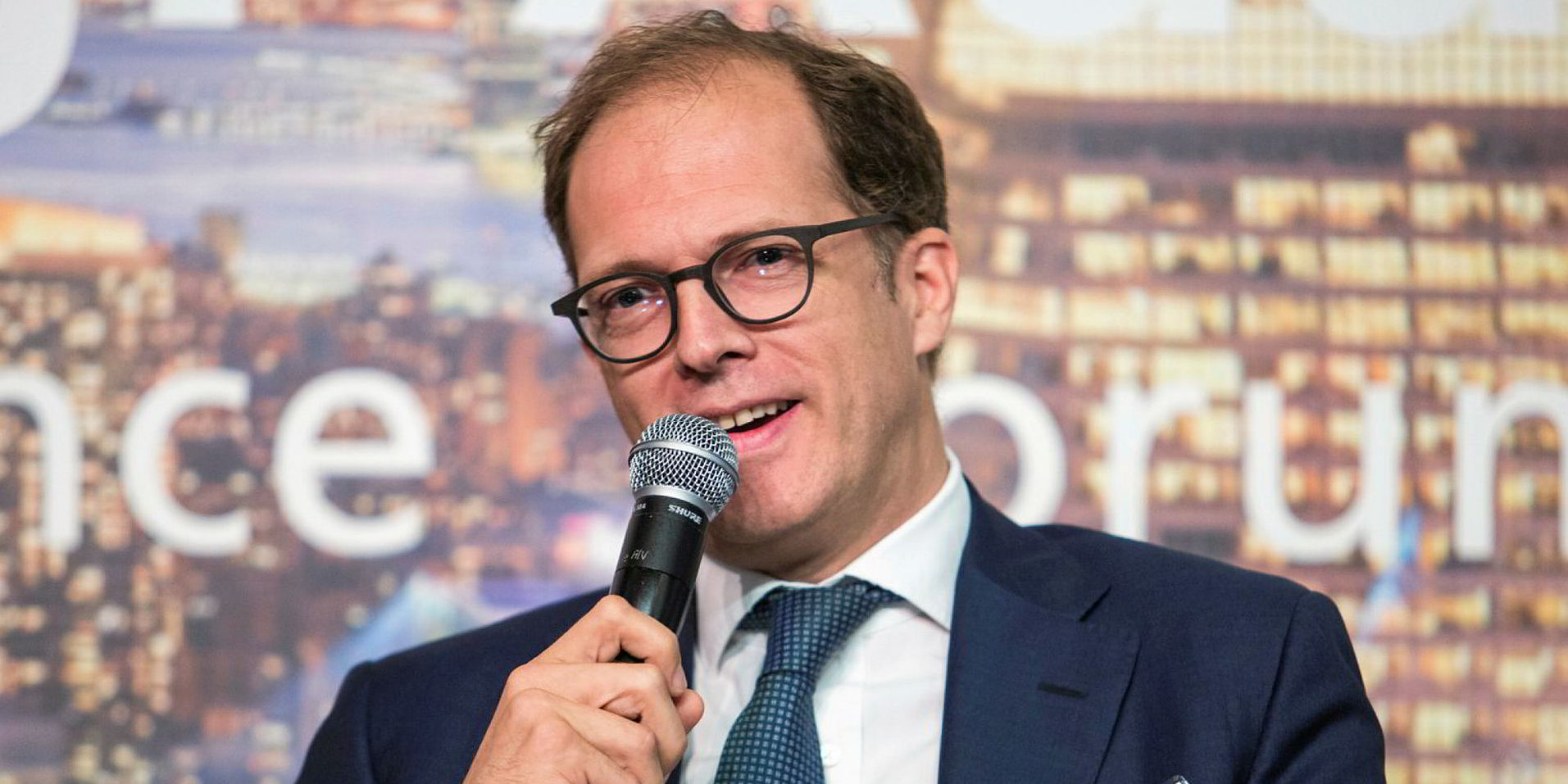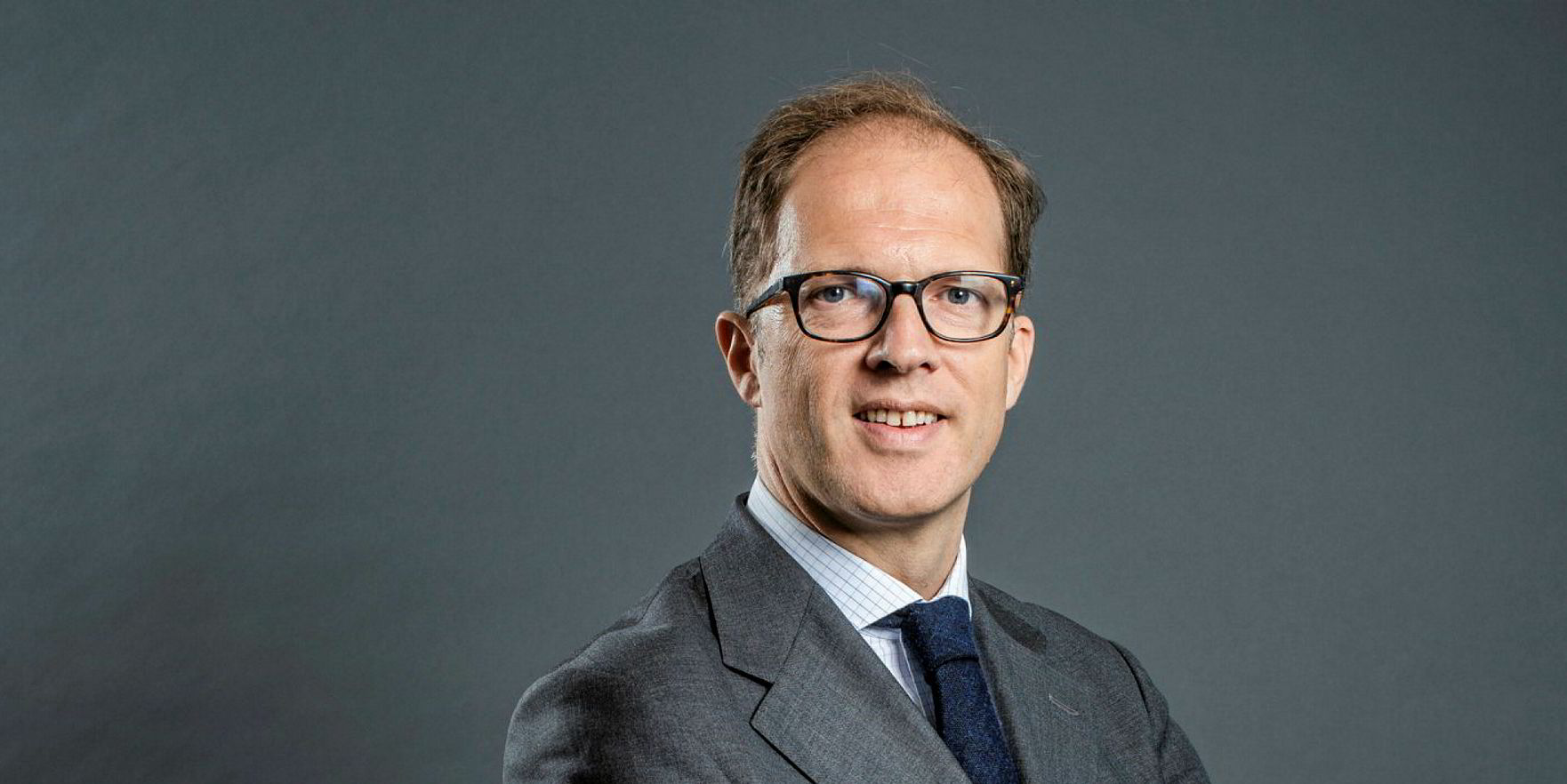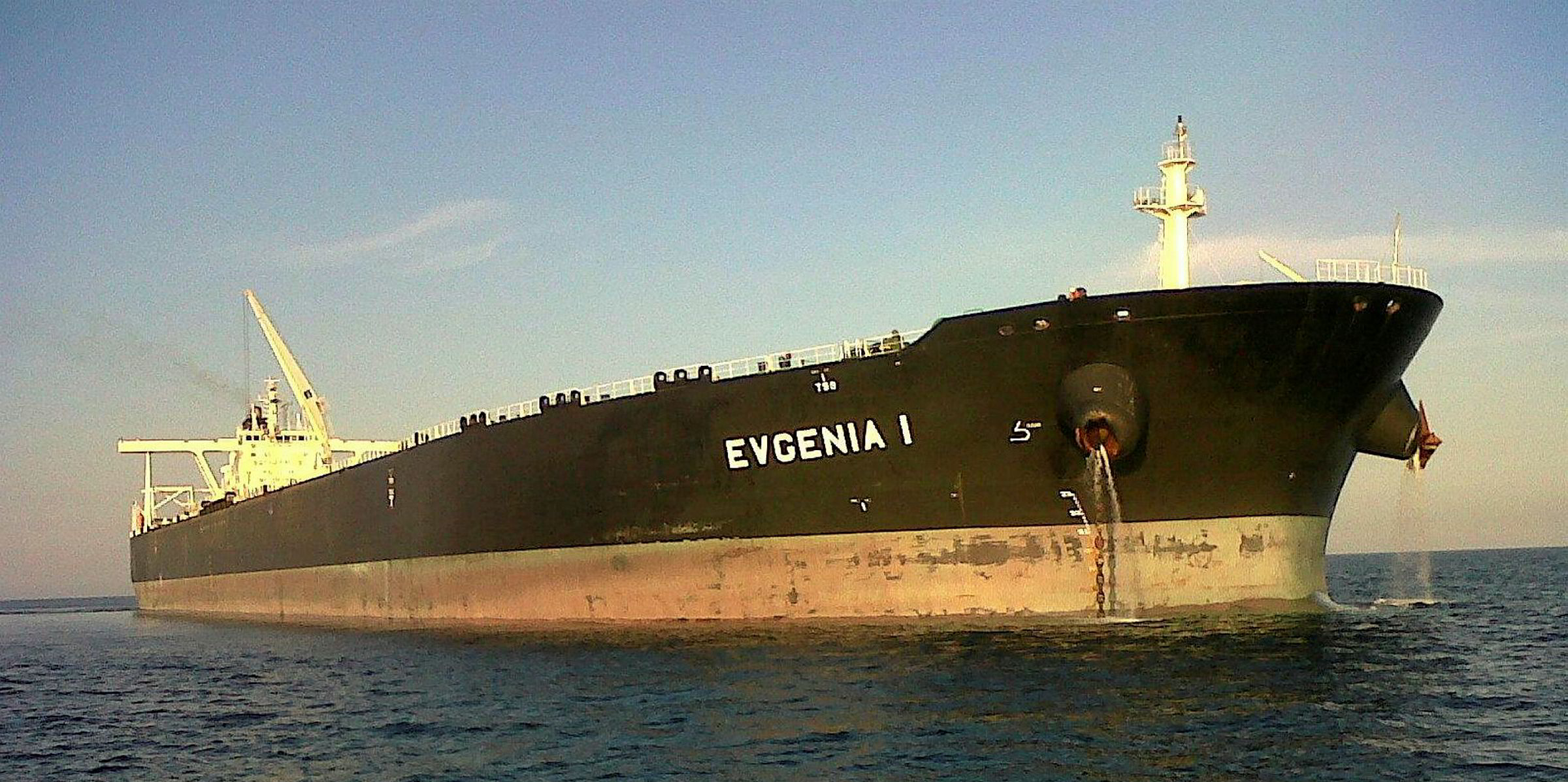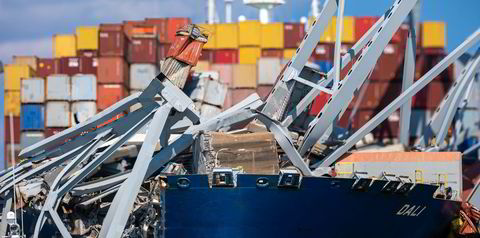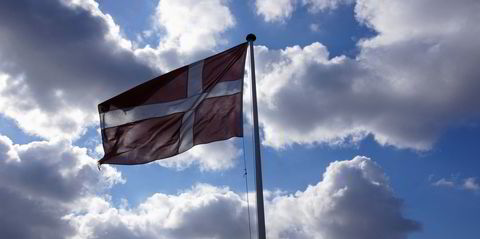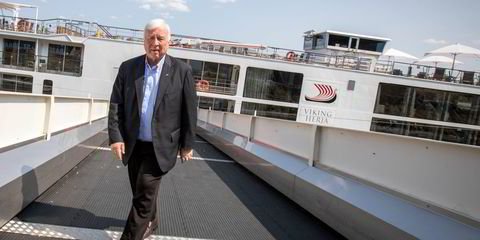Tanker giant Euronav has expressed delight at cashing in on booming rates for its large crude tankers while rivals risk missing out as their vessels head to dry-dock for exhaust gas scrubber fitting.
The New York and Brussels-listed company today fixed two VLCCs at rates sent skywards on a combination of a longer-term supply squeeze and panic over US sanctions against Chinese tanker owners.
Chief executive officer Hugo De Stoop took thinly-veiled delight by highlighting that Euronav had only one scheduled tanker dry-docking this year so nearly all its fleet is exposed to the stellar spot market.
VLCC spot rates today soared to near an all-time record of over $300,000 per day, with the Baltic Exchange quote for the Middle East Gulf to Singapore route nearly doubling to Worldscale 322.
Many rival tanker owners who have gambled on fitting scrubbers are scheduled to take over 60 ships out of the market for retrofits ahead of the IMO 2020 rules. They risk missing windfall profits.
"Euronav is the only crude tanker company that has not planned drydocks outside their regular survey cycle (only one this year)," said De Stoop.
"And taking into account our ships under fixed time charter, it means that 90% of our trading fleet is exposed to the spot market!”
Euronav's 318,376-dwt Ingrid (built 2012) was fixed 'on subs' by Idemitsu at Worldscale 280 for a voyage from the Middle East Gulf to Japan. It equates to an actual time charter equivalent (TCE) rate of $301,219 including idle days, according to VLCC Chartering.
Showing the volatility of the market, the fixture was reported at 11.55 am this morning, with the vessel having been reportedly fixed earlier at 10.38 am at Worldscale 240.
In early afternoon, Euronav's 298,642-dwt Ardeche (built 2017) was reported fixed to ExxonMobil for a Middle East Gulf to Singapore voyage at Worldscale 325.
Under previous chief executive Paddy Rodgers, Euronav took the bold decision not to retrofit scrubbers, arguing the market was far too volatile to make such a gamble.
It will instead burn low sulphur fuel to comply with IMO 2020, which looks likely to be over $200 a tonne more expensive that traditional high sulphur fuel.
Many of Euronav's rivals dismissed that approach and eagerly embraced the technology for compliance and to profit on the margin between the two fuels, but now risk missing out on the current price spike.
Some have said privately they believe Rodgers was eased out earlier this year partly because of a loss of confidence over the strategy. Euronav and Rodgers maintain his departure was amicable.
Since taking over, De Stoop - who was previously chief financial officer - has taken a more nuanced view and given the go-ahead for its Tankers International pool to start a scrubber-fitted pool alongside its convential ships.
Commenting on this week's market surge, De Stoop said the tanker freight market was already close to equilibrium, as there were counter-seasonal rallies in February and July. "The fundamentals were already supportive," he said.
More recently other factors have added tailwinds to the market:
- Twenty to 30 VLCCs are tied up storing fuel oil ahead of IMO 2020, and not all are expected to return to the trading fleet.
- Disruption caused by the attacks on Saudi Arabian oil production facilities have diversified crude buying by Far East clients and absorbed more capacity.
- Sanctions on China and Venezuela, along with the seasonal upswing, has exacerbated concern over vessel supply in the last three months of the year.
"Indeed, before the surge in rates some 60+ VLCCs were due to leave the market to retrofit scrubbers," said De Stoop.
Some are currently in shipyards but the majority are still scheduled to go in for retrofit in October, November and especially in December.
"The current rates may incentivize people to delay their retrofit program to the first or the second quarter of 2020 which is good as it will extended in time the world fleet capacity shortage."
Euronav shares are trading up 6.25% in New York at $10.20.
